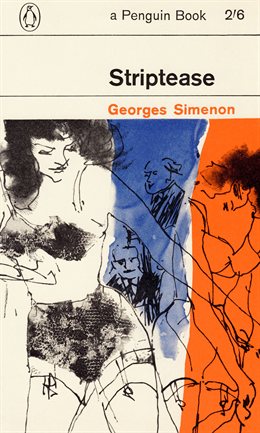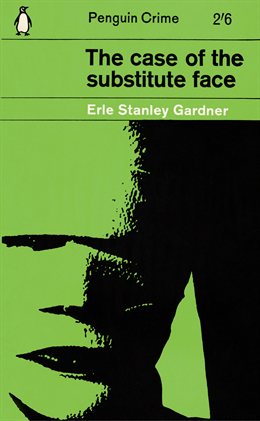Romek Marber
contributed to the Penguin Collectors’ Society as a designer. He is best known as the designer of the
Crime grid in 1961 and later that grid was used for Fiction and Pelican. The
Crime grid, as Romek explains, is really about giving illustrators the freedom
to do their work.
Marber, an honorary graduate (Doctor of Letters) from the University of Brighton, was responsible for creating the grid that functioned as the general structure of all penguin classic crime books, and is an extremely acknowledged grid system.
link: https://www.creativereview.co.uk/penguin-by-illustrators-romek-marber/
In this article Marber talks about his life opportunities and experiences. Growing up in a ghetto and concentration camps during the war and his productions for the Economist and how that contributed to his career for Penguin Books
Marber's Timeline:
1925 – Born in Poland
1939 – Deported from his hometown in Western Poland and send
to the Bochina Ghetto
1942 – Sergeant Kurzbach (the commander of the forced-labour
worshop in Bochina) saves Marber from being sent to the Belzec death camp.
1945 – After spending the rest of the
war in Bochina Ghetto and various concentration camps, Marber is liberated by
the US Forces on the 28th of April
1946 – Returns to Britain, where he is reunited with his
father and brother.
1950 – Enrols upon a course in Commercial Art at St.
Martin’s School of Art
1953 – Attended the Royal Collage of Art
Late 1950s – Worked on a number of projects, most notably
covers for The Economist, stating it “suited the boldness of [his] work…black
with red is simple and dramatic”
1961 – Germano Facetti commissions Marber to design covers
for Simeon Potter’s ‘Our Language’ and ‘Language in the Modern World’, after
being impressed by his Economist covers.
1964-5 – Appointed as art director launching the Observer
Magazine
1965 – Continued at the Observer as a design consultant
1989 – retires as a professor Emeritus from Middlesex
University
2010 – published his memoires of his experiences during WWII
titled ‘No Return’
2013 – The Minories, Colchester, exhibited a retrospective
of Marber’s work. The exhibition then went on show at the University of
Brighton and the Galicia Jewish Museum in Krakow





No comments:
Post a Comment